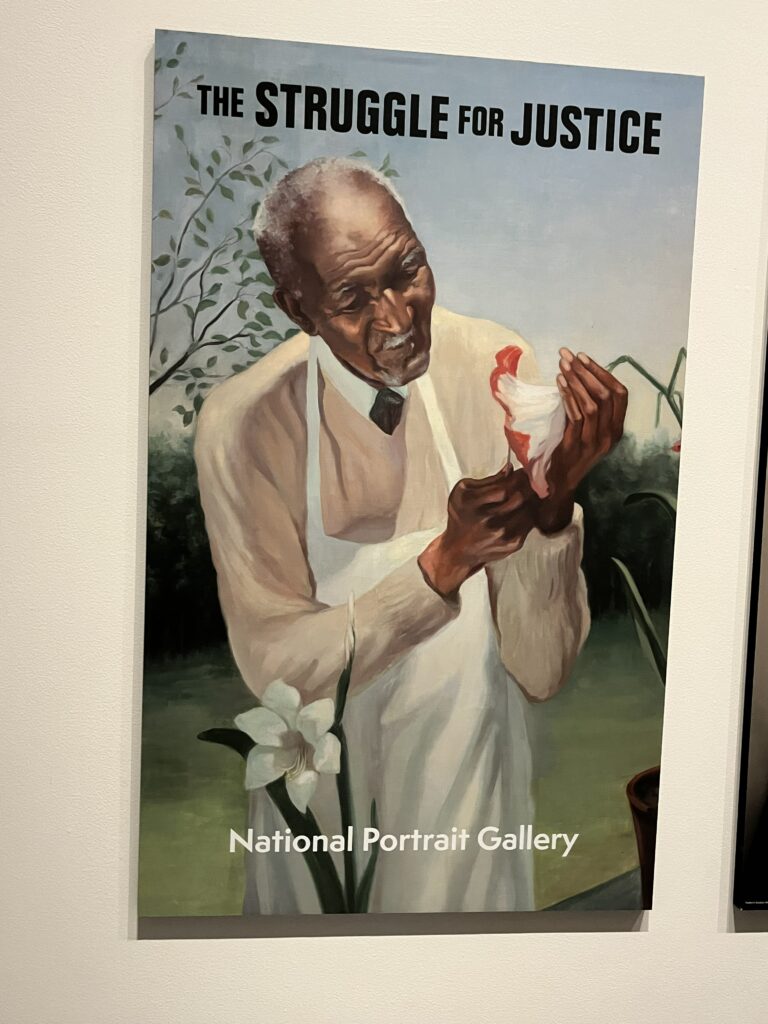
1. For my museum assignment, I chose to visit the Smithsonian National Portrait Gallery in Washington, DC and toured “The Struggle for Justice” exhibition. “The Struggle for Justice” highlights the many difficulties faced by civil rights leaders who have fought for equality in this country on behalf of those who have been discriminated against and disenfranchised throughout the history of the United States. The individuals featured in the exhibition were as diverse as the causes they championed, and included both well known activists such as Cesar Chavez and Rosa Parks, as well as lesser known activists such as William Campbell and Charlayne Hunter-Gault. The Smithsonian did not list any specific curators, but a placard mentioned that a number of writers from The Atlantic contributed to the writing within the exhibit.
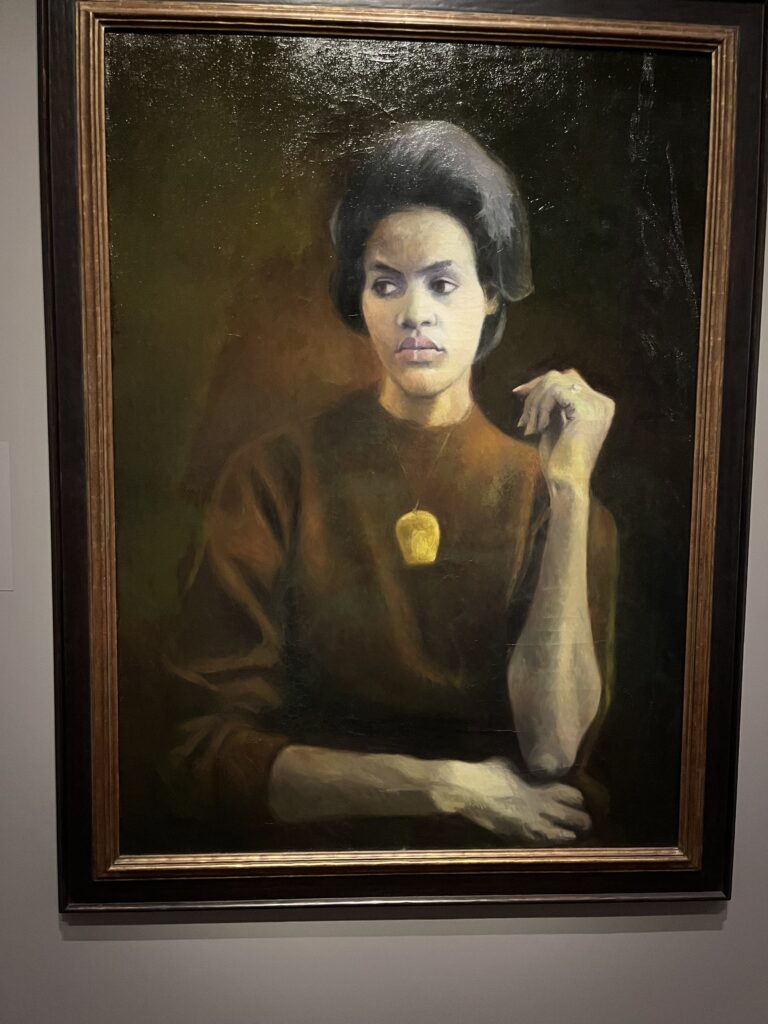
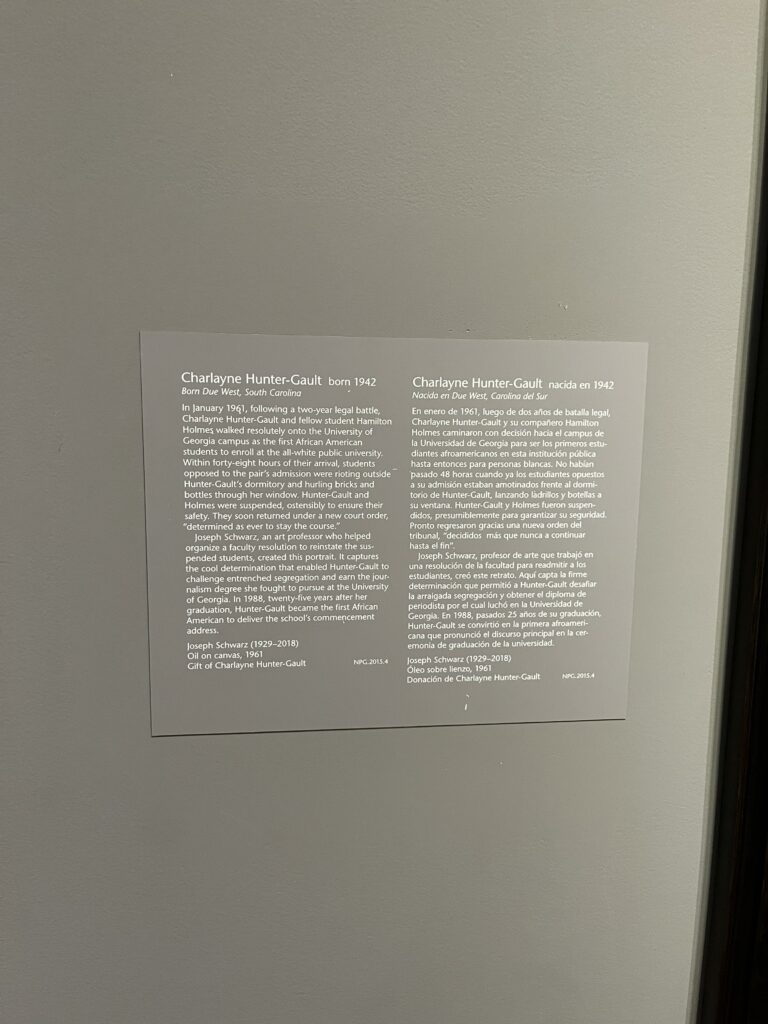
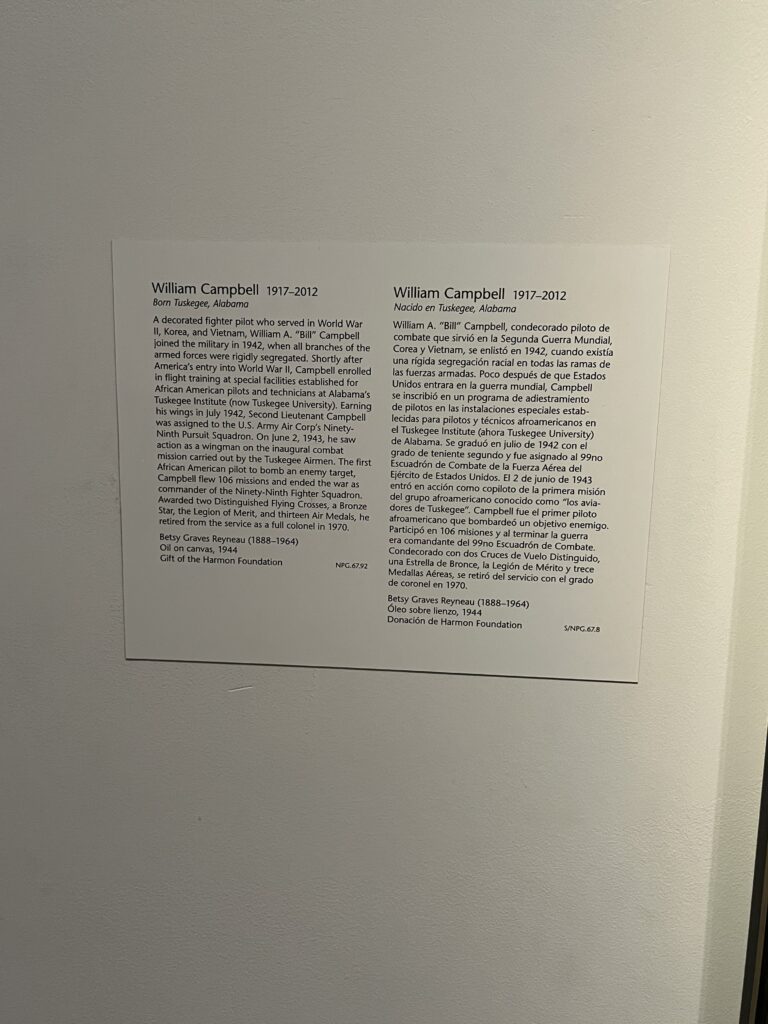
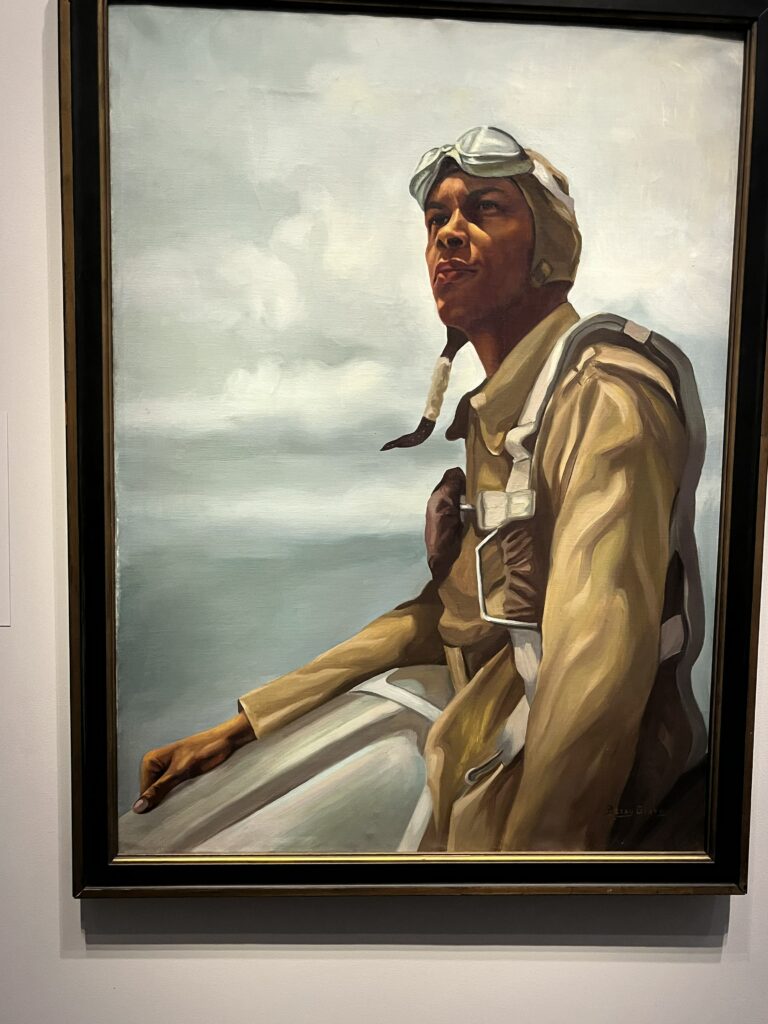
2. The exhibition comprises a number of different portraits, photographs, and artifacts that are relevant to the individuals they portray and illustrate. Each of these objects and depictions is displayed in a style typical of an art gallery, with paintings and photographs lining the walls around an open central space. The exhibition was organized based on the cause that was championed, and roughly in chronological order from oldest to newest. As such, those individuals who championed causes more historical in nature were featured towards the front of the exhibit, whereas individuals whose fights for justice are still ongoing are featured deeper into the exhibit. This specific presentation serves to walk the viewer through a brief history of activism in the United States, and helps to construct a narrative of the ongoing struggle for equality.
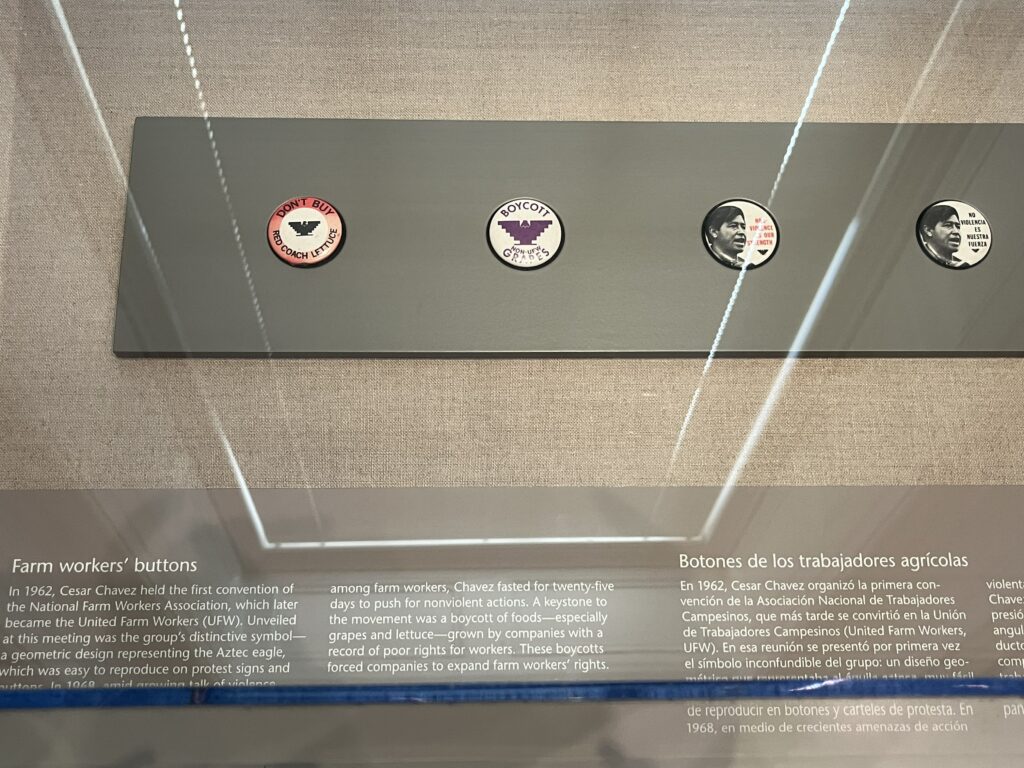
3. The exhibition made decent use of digital technology and included a QR code that could be scanned to access a digital audio tour of the exhibit. There were a number of signs around the gallery that advertised the use of QR codes within the exhibition space.
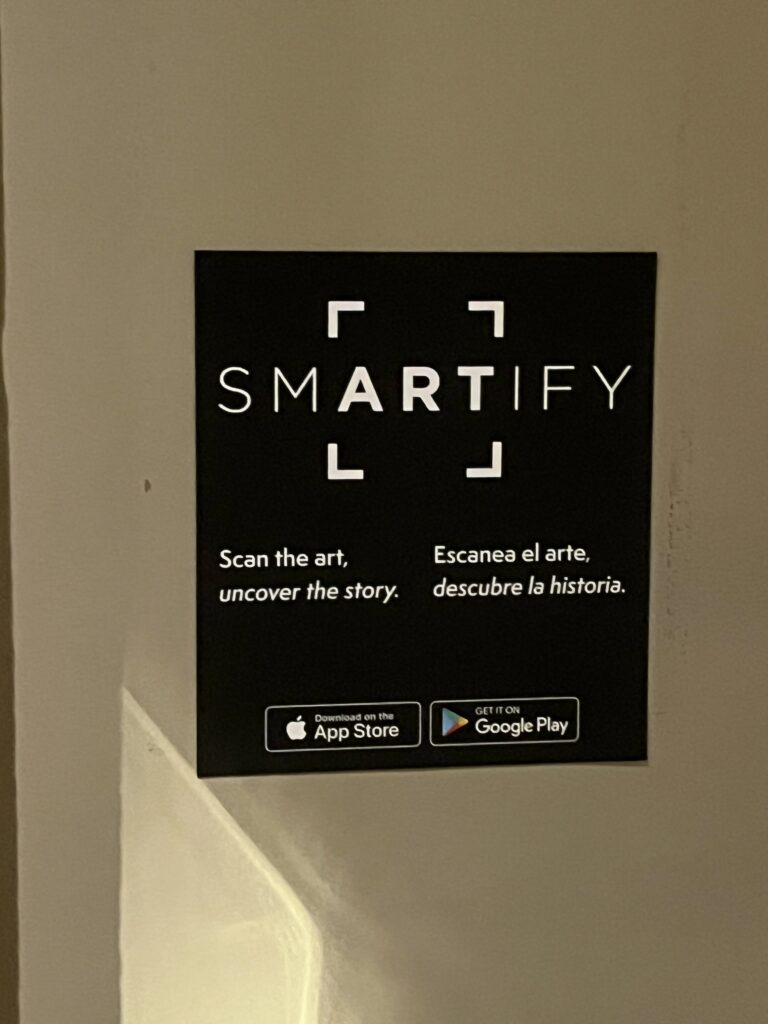
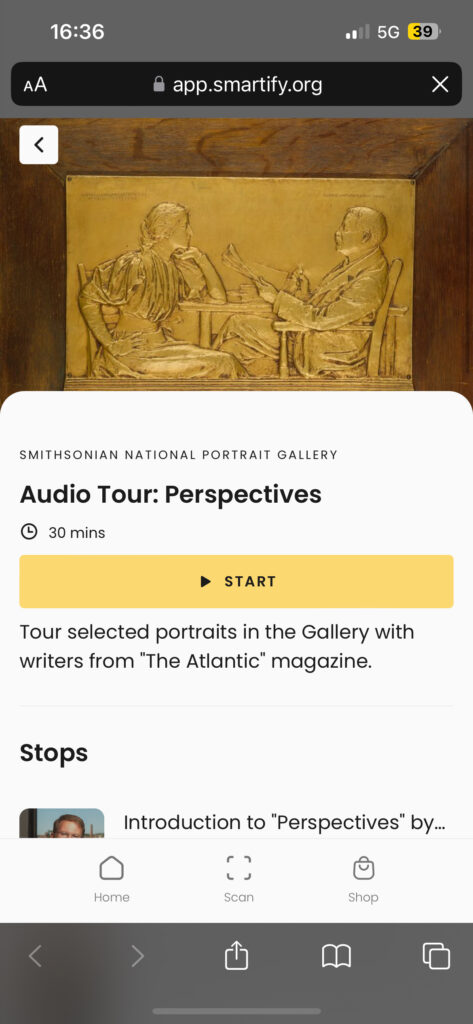
4. The central thesis is that the United States has come a long way in realizing the dream of equality for all, but still has a ways to go to fully embrace this dream. However, the purpose of the exhibition was to present the history of activism in America through the spotlighting of a number of individuals who played, and continue to play, a major role in the struggle for equal rights. In spotlighting these individuals, the curators put a human face to the struggle by highlighting the amazing accomplishments of those who dedicated and continue to dedicate their lives towards building a kinder world for future generations. As the exhibit summary on the Smithsonian Portrait Gallery website states, “Although not without setbacks, this struggle to expand inclusiveness has become the defining characteristic of democracy in the United States.” Through these activists, a historical narrative can be constructed around an America that has changed for the better and continues to change with time.
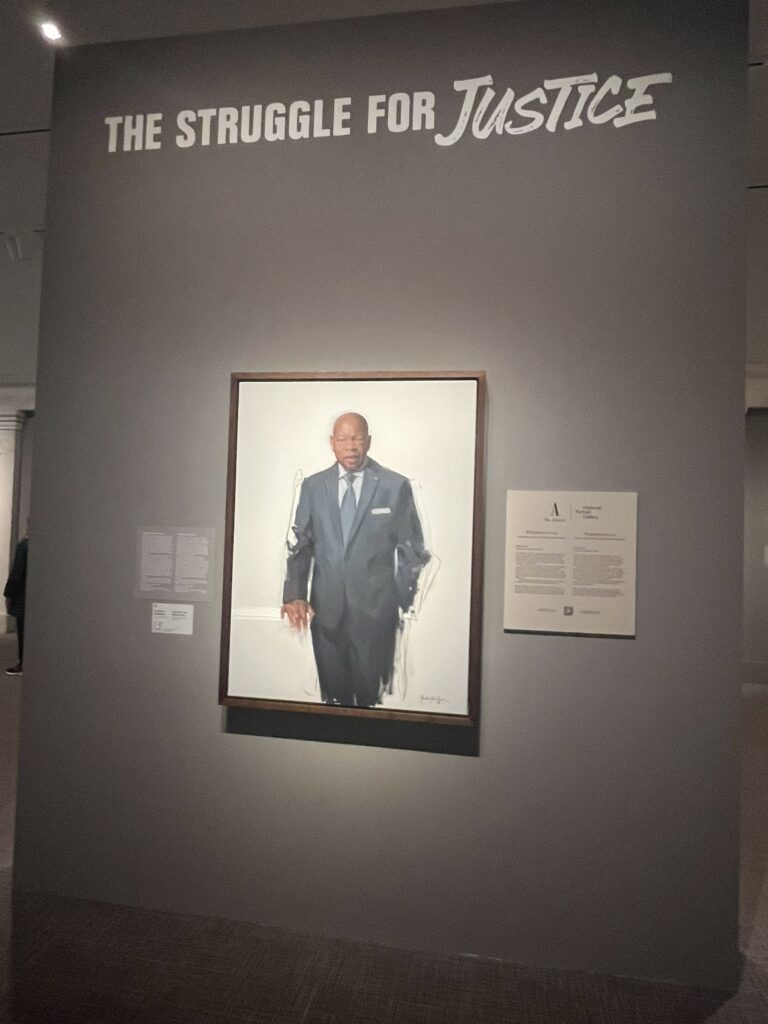
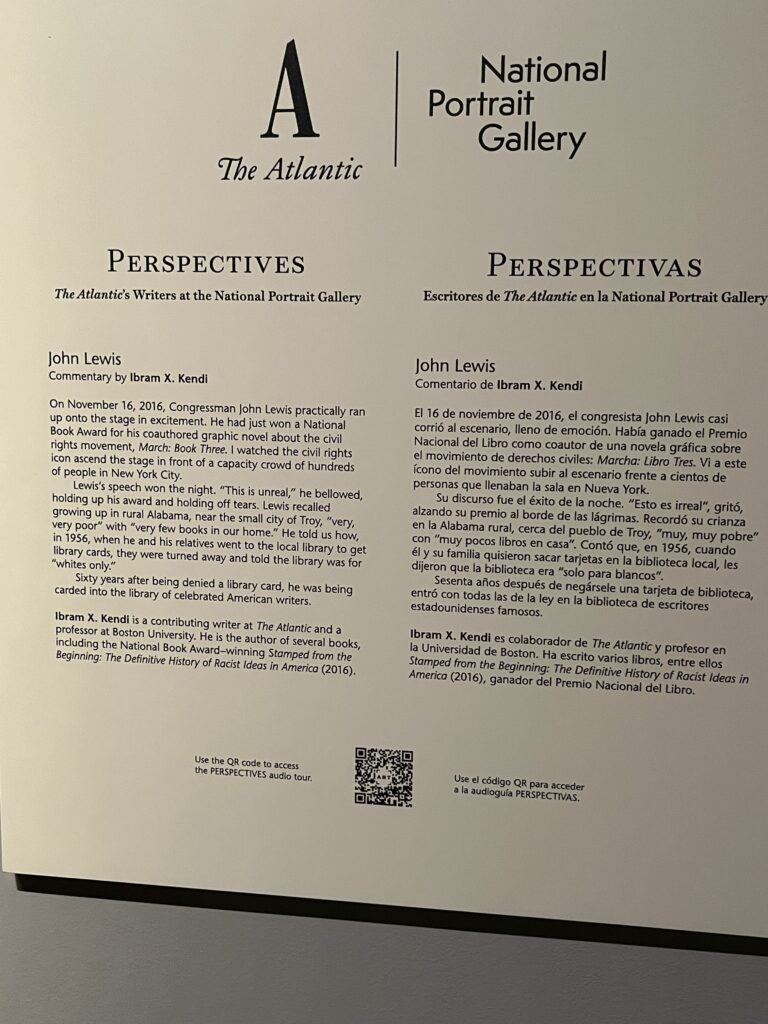
5. While I don’t believe the curators had a specific target audience in mind, I believe the exhibition holds a special significance for members of marginalized communities. By putting a human face to the activism, it allows the viewer to empathize with the individuals featured. Those who have faced inequality in this country can relate to the experiences of prominent figures who have experienced similar struggles. Included in this exhibit were people of color, members of indigenous tribes, suffragettes, union leaders, and LGBT activists, among others. I can only speak for myself, but I was really happy to see the inclusion of LGBT activists, such as fellow lesbian Alison Bechdel in particular.
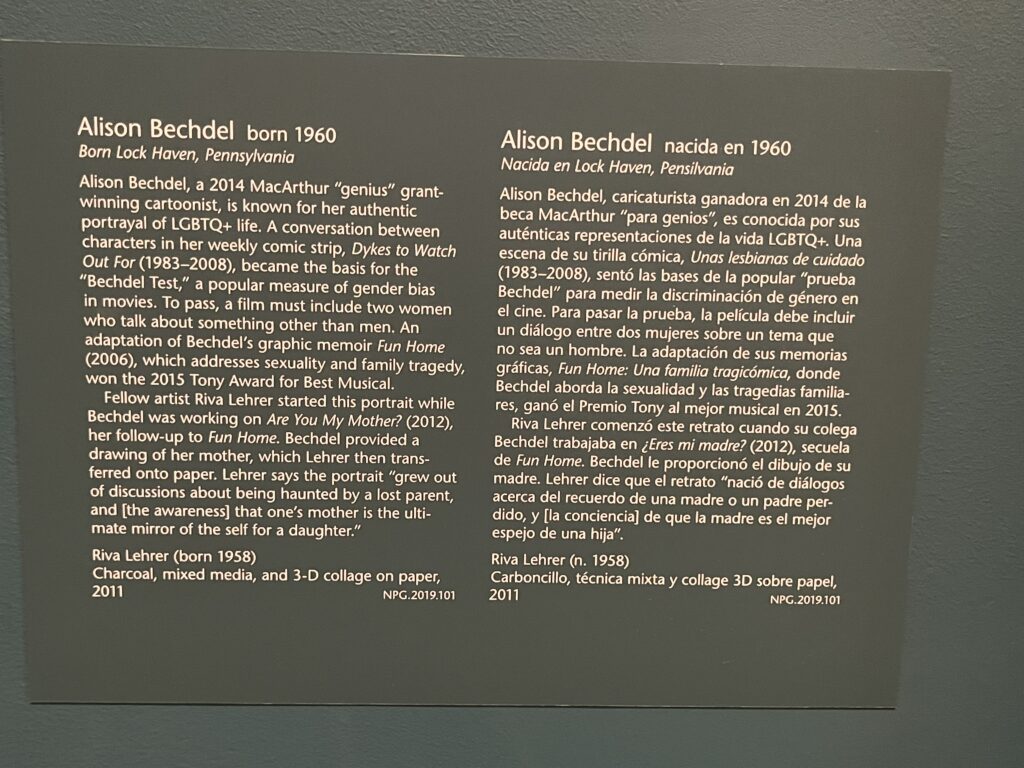
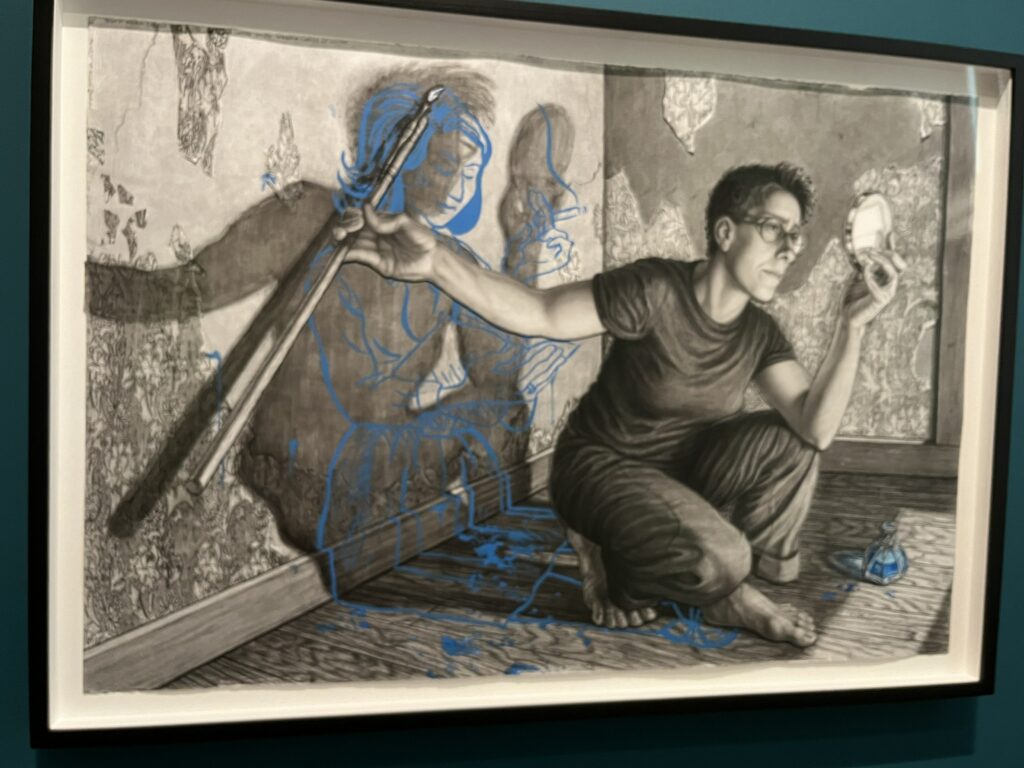
6. I think this project was fairly difficult to realize, and because of the costs and research associated with the exhibit. I think the difficulty in realizing this project was more so in deciding which activists to feature and how to best represent them. The history of activism in America is long and complicated, and the curators had a vast quantity of individuals to choose from. Selecting just a few must have been quite difficult, and I’m certain the curators spent a great deal of time deciding exactly who to select and how to present them.
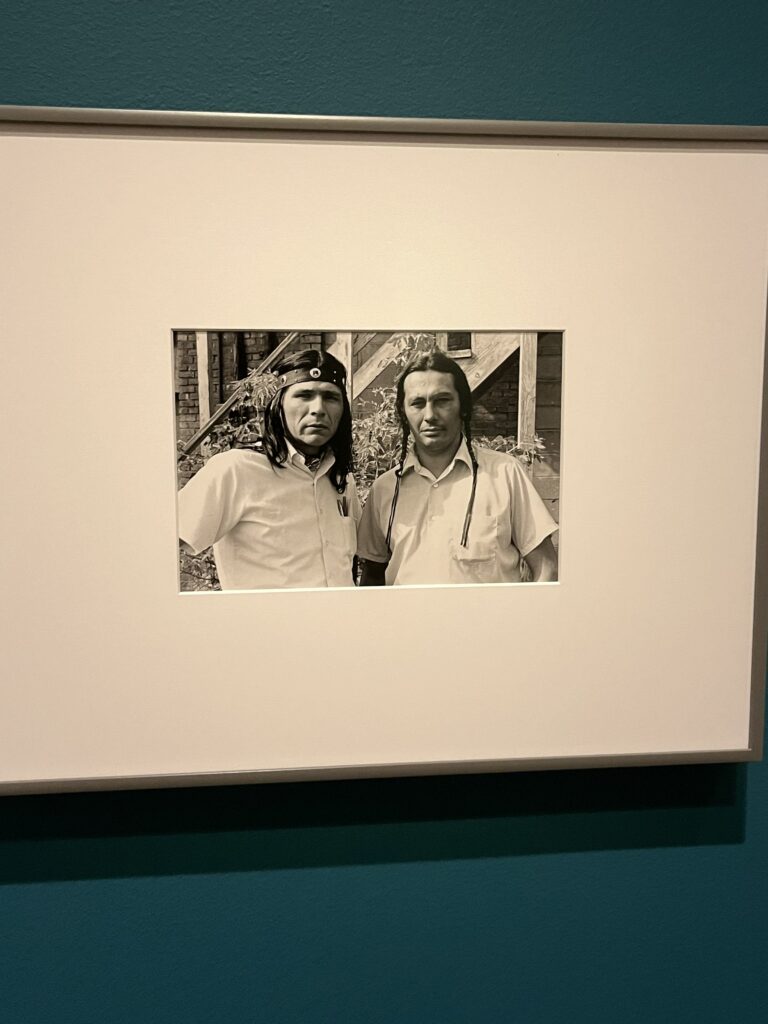
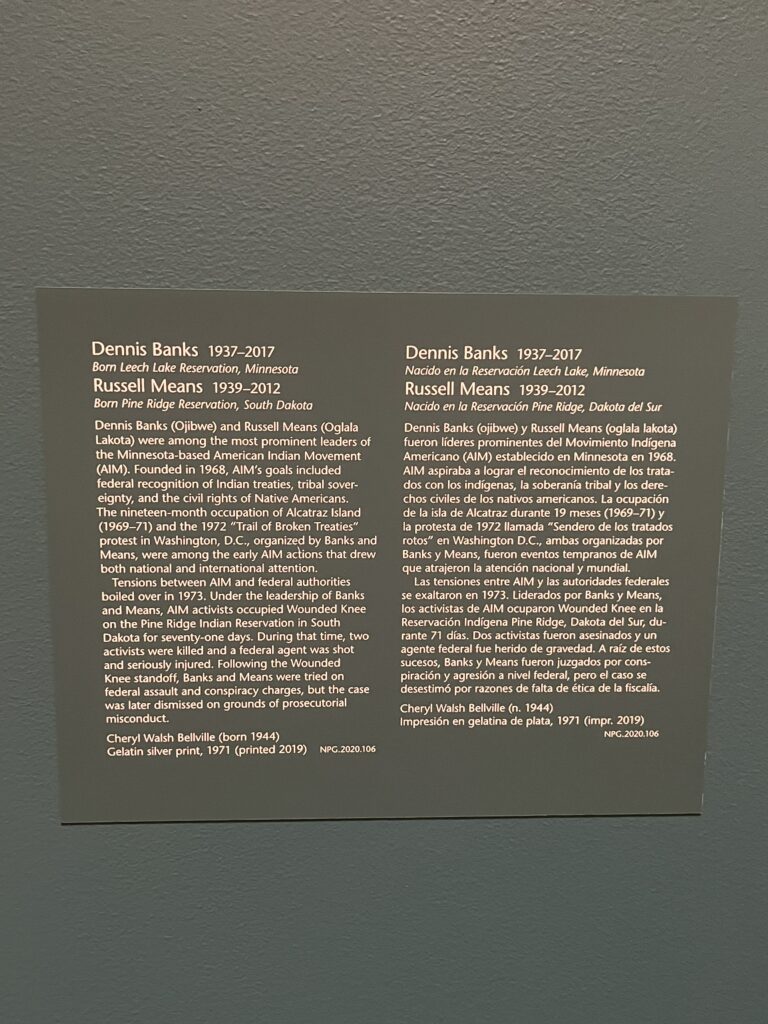
7. I think the success of this particular exhibition really depends on who you ask. In my opinion, “The Struggle for Justice” succeeds in representing a diverse array of amazing people who have each fought for equality in their own unique way. Many of these individuals were people I had never heard of before. However, individuals from marginalized communities that were not included might feel left out or unrepresented. The curators have decided to rectify this by rotating out pieces periodically, in order to spotlight as many incredible people as possible. I think this is a very smart idea, and it solves the primary issue the curators likely faced with this exhibition. As the real life struggle for justice is ongoing, the exhibit leaves many issues unresolved, which is perfectly acceptable. History is still in the process of unfolding, and the exhibit provides a very hopeful view of the future.
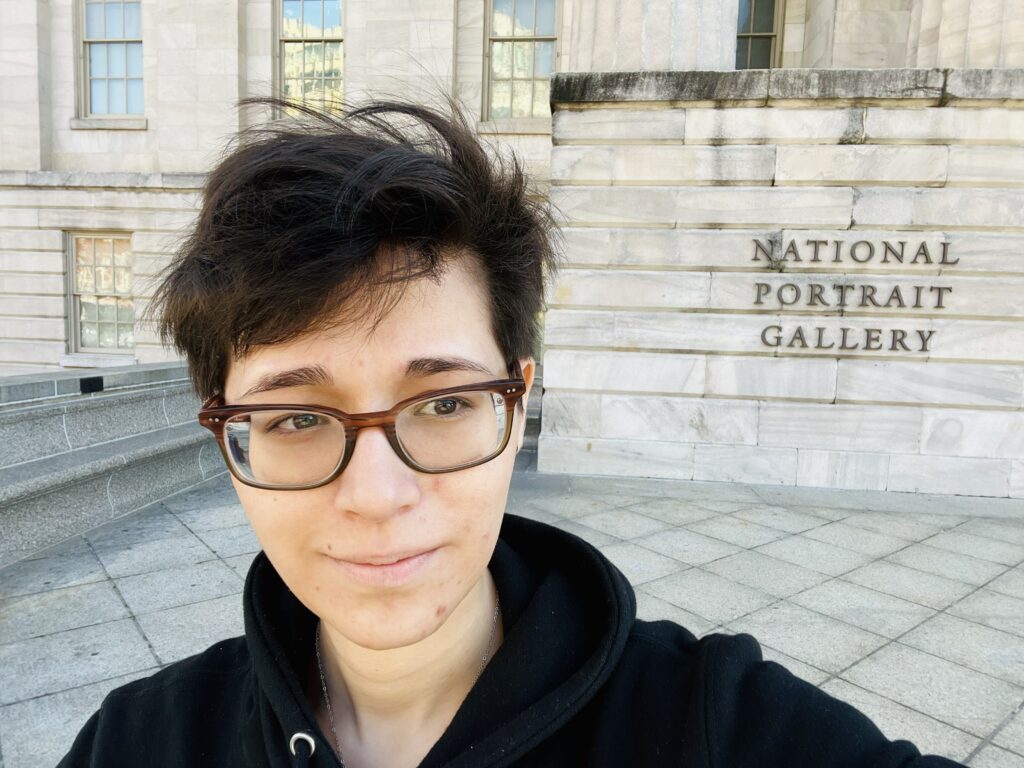
Works Cited
Rhodes, Jesse. “Struggle for Justice Open at the National Portrait Gallery.” Smithsonian.com, March 4, 2010. https://www.smithsonianmag.com/smithsonian-institution/struggle-for-justice-open-at-national-portrait-gallery-117158446/.
“The Struggle for Justice.” Meer, July 13, 2019. https://www.meer.com/en/55946-the-struggle-for-justice.
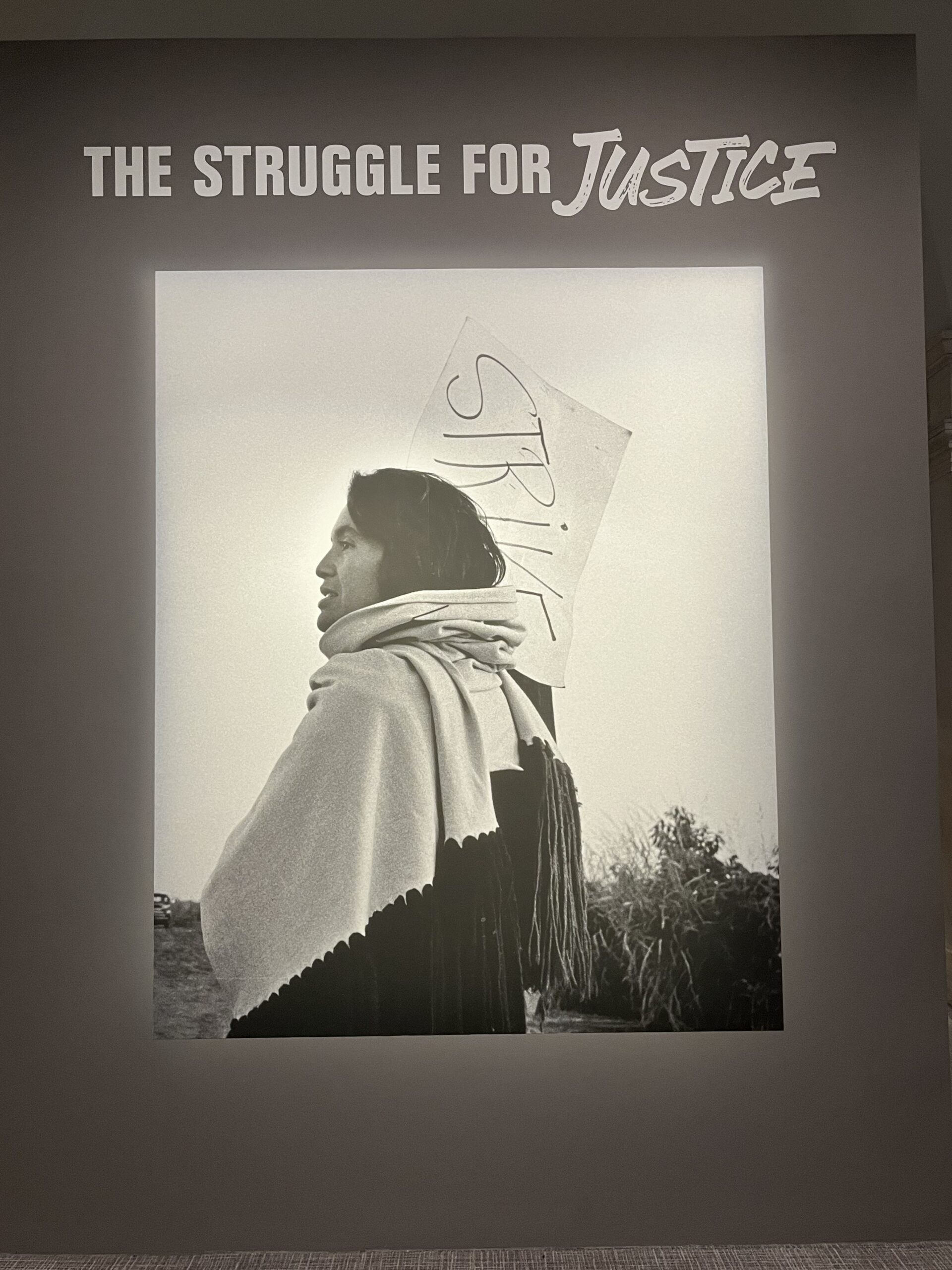


One response to “Museum Assignment”
Hi Riley. Here is my feedback on your Museum Review.
Strengths:
Comprehensive Description: Your review provides a thorough description of the exhibition “The Struggle for Justice” at the Smithsonian National Portrait Gallery, detailing the featured individuals, the layout of the exhibit, and the thematic organization. This allows readers to understand the scope and significance of the exhibit.
Artistic Representation: You highlight the diverse range of artistic representations featured in the exhibition, including portraits, photographs, and artifacts. By showcasing examples of the artwork displayed, you offer readers a visual understanding of the exhibit’s content and style.
Digital Integration: You mention the use of digital technology in the exhibit, such as QR codes for accessing audio tours. This demonstrates the museum’s efforts to enhance the visitor experience through technology and provides insight into the interactive elements available to attendees.
Thematic Exploration: You articulate the central thesis of the exhibition, which focuses on the ongoing struggle for equality in the United States. Additionally, you discuss how the exhibit presents a historical narrative of activism through the spotlighting of various individuals and causes, offering readers a deeper understanding of its overarching themes and objectives.
Audience Consideration: You recognize the significance of the exhibition for members of marginalized communities, highlighting how it allows viewers to empathize with the experiences of featured activists. By acknowledging the exhibit’s relevance to diverse audiences, you demonstrate an understanding of its broader societal impact.
Acknowledgment of Challenges: You acknowledge the challenges faced in curating the exhibition, such as the difficulty in selecting which activists to feature and how to best represent them. This demonstrates an appreciation for the complexities involved in organizing such a comprehensive and impactful exhibit.
Reflection on Success: You reflect on the success of the exhibition, noting its effectiveness in representing a diverse array of activists and providing a hopeful view of the future. By acknowledging both the strengths and potential limitations of the exhibit, you offer a balanced assessment of its impact and significance.
Areas for Improvement:
Inclusion of Personal Experience: While you include a photo of yourself at the National Portrait Gallery, further integration of personal reflections or anecdotes from your own experience visiting the exhibit could add depth and authenticity to your review. Sharing specific moments or insights gained from your visit could enhance the reader’s understanding of your perspective.
Exploration of Rotating Exhibits: While you mention the curators’ decision to rotate out pieces periodically to spotlight more activists, further exploration of this aspect could provide readers with insight into the museum’s ongoing efforts to address representation and inclusivity. Discussing how the rotation process works and its impact on the exhibit’s overall narrative could enrich your review.
Overall, your review effectively captures the strengths and significance of “The Struggle for Justice” exhibition at the Smithsonian National Portrait Gallery, providing valuable insights into its thematic exploration, audience impact, and curatorial challenges.